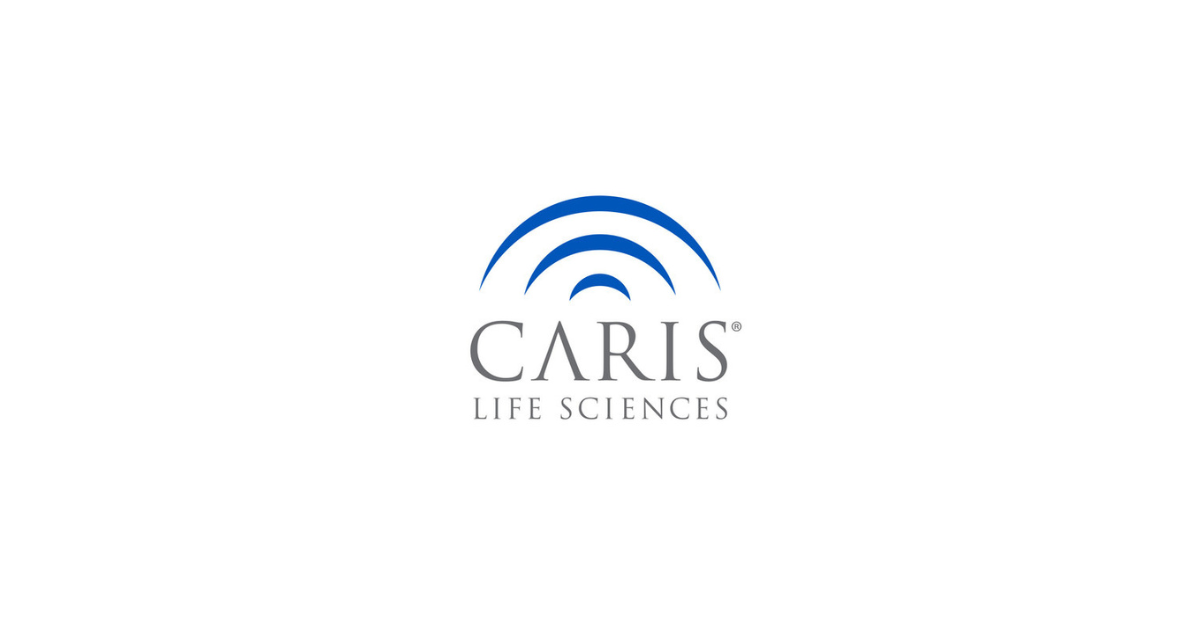Caris Life Sciences Prices IPO at $21 Per Share

Caris Life Sciences has announced the pricing of its initial public offering (IPO) at $21.00 per share, announced in a press release. The company is offering 23,529,412 shares of its common stock, with an additional option for underwriters to purchase up to 3,529,411 more shares. Trading is set to begin on June 18, 2025, on the Nasdaq Global Select Market under the ticker symbol 'CAI'.
The IPO is expected to close on June 20, 2025, subject to customary closing conditions. BofA Securities, J.P. Morgan, and Goldman Sachs & Co. LLC are leading the book-running management, with Citigroup, TD Cowen, Evercore ISI, and Guggenheim Securities also participating as book-running managers. BTIG and Wolfe | Nomura Alliance are acting as co-managers for the offering.
We hope you enjoyed this article.
Consider subscribing to one of our newsletters like AI Funding Brief, Life AI Weekly or Daily AI Brief.
Also, consider following us on social media:
More from: Funding
More from: Life Sciences
Subscribe to Life AI Weekly
Weekly coverage of AI applications in healthcare, drug development, biotechnology research, and genomics breakthroughs.
Whitepaper
Stanford HAI’s 2025 AI Index Reveals Record Growth in AI Capabilities, Investment, and Regulation
The 2025 AI Index by Stanford HAI provides a comprehensive overview of the global state of artificial intelligence, highlighting significant advancements in AI capabilities, investment, and regulation. The report details improvements in AI performance, increased adoption in various sectors, and the growing global optimism towards AI, despite ongoing challenges in reasoning and trust. It serves as a critical resource for policymakers, researchers, and industry leaders to understand AI's rapid evolution and its implications.
Read more
